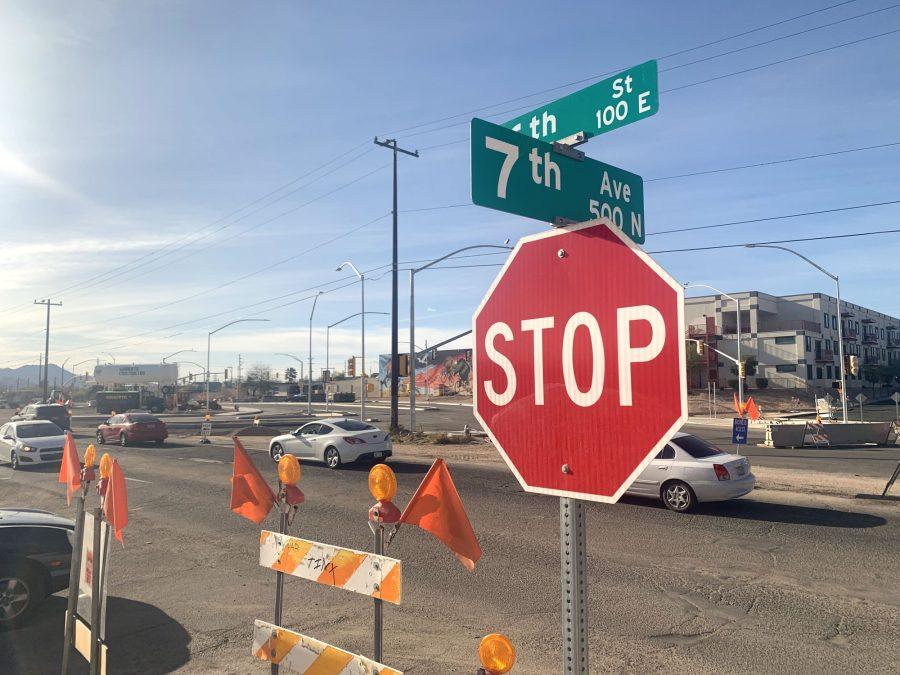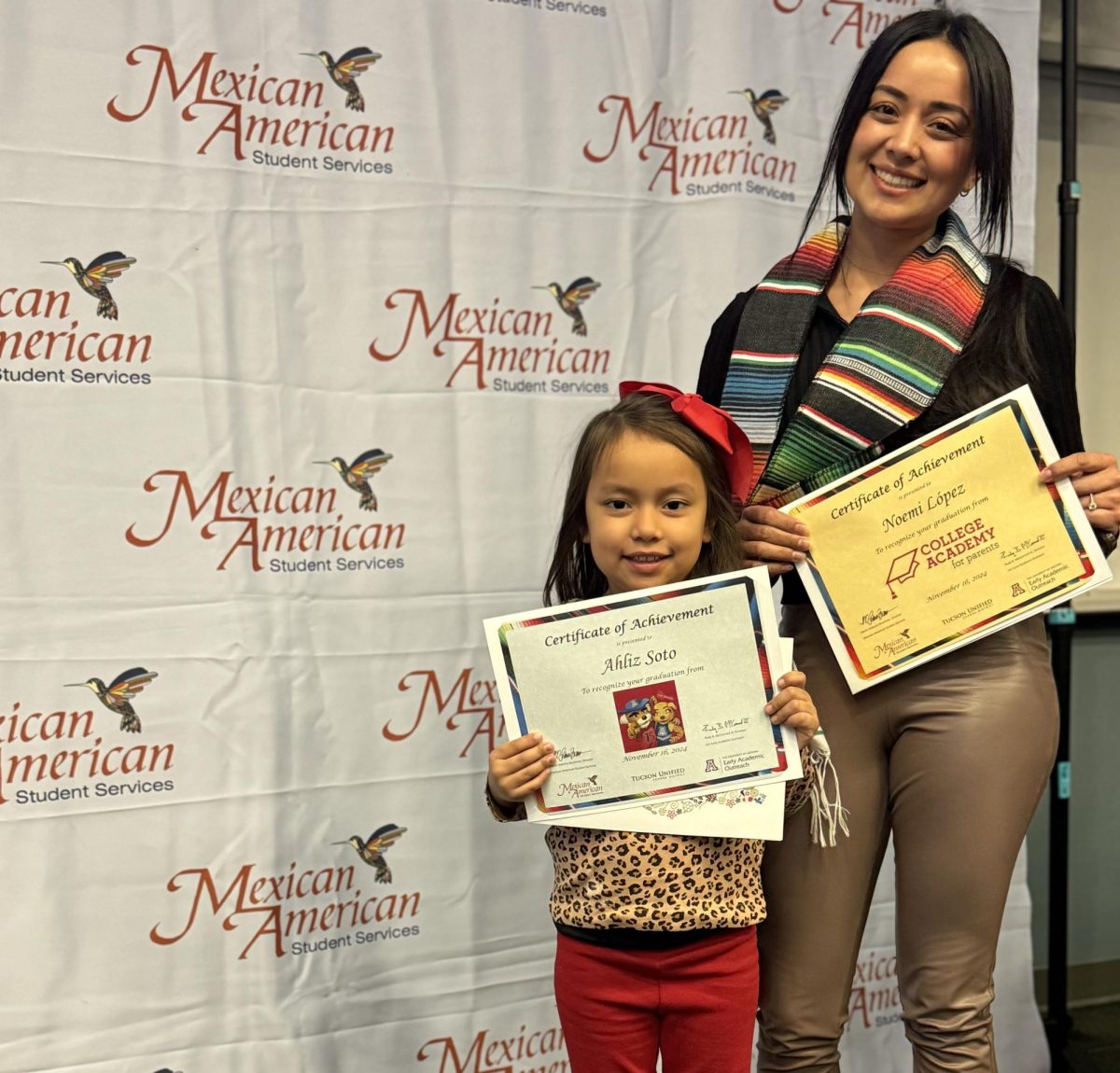Construction on Sixth Street and Seventh Avenue is expected to wrap up in May, two months later than expected.
The construction, part of Tucson’s multi-pronged Downtown Links road construction project, will create a roadway over Sixth Street and the railroad tracks, as outlined on the RTA’s designated website for the Downtown Links project.
The project has created traffic headaches for downtown and University of Arizona commuters since it began in August 2020, part of Regional Transportation Authority’s 2006 voter-approved plan to improve transportation throughout the city. The plan includes widening East Broadway and other main roadways, adding storm drains and creating new roadways, according to Erica Frazelle, public information officer for the City of Tucson Transportation and Mobility Department.
Running from Aviation Parkway to Church Avenue, the Downtown Links project will create a roadway that arches over Sixth Street and gives drivers a path through downtown that avoids the train tracks at Toole Avenue, an improvement that can save many commuters a lot of time and headaches, Frazelle said.
The project is a large undertaking, including the installation of a massive box culvert to help keep the street from flooding during Tucson’s heavy summertime monsoon rains. Though the project completion date has been pushed back more than once, Frazelle said drivers can expect the construction traffic blocks will be gone in early May.
According to Frazelle, the construction was part of the third phase of the overall RTA project. The first phase’s main goal was to install a storm drain at Eighth Street, and the second two phases work to connect all of downtown. Downtown Link’s website says the construction at Sixth Street and Seventh Avenue falls under Phase III of the Downtown Links plan, the completion of which will boast a new 1.42-mile storm drain and large diameter box culvert.
Though the new roadways will make driving through downtown easier, the construction in the meantime has caused problems for downtown residents and University of Arizona students in off-campus housing.
UA junior Elle Goehring lives in the District on Fifth, an apartment building near the heart of North Fourth Avenue. Though she enjoys living near downtown and so close to so much of Tucson’s culture, the construction just down the street from her apartment makes it difficult for her to get around.
When driving she takes alternate routes to avoid the traffic through the busy intersection, which is typical of construction. She faces a greater challenge to get through the construction as a pedestrian, she said.
Living near downtown means that she likes to take advantage of being within walking distance of downtown businesses and events to avoid paying for parking. The walk down Sixth Avenue is a quick way to get downtown, but the construction has taken over the sidewalks and the near-constant traffic has made it unnerving to walk down the street.
Drew Griffin lives at The Cadence Tucson, an apartment building that sits right on Congress Street, downtown blocks away from Goehring’s Fourth Avenue apartment. Griffin’s Tucson experience reflects that of many – that construction in Tucson is never ending and often feels pointless.
“I think the majority of residents can agree that it’s a nuisance, especially when single roads take two, three – even four years for basic repairs,” Griffin said.
Construction is frustrating to him because it means that downtown Tucson’s already narrow streets are further clogged with construction trucks, cones and workers, he said. This makes it difficult to get around during rush hour when it’s already no small feat to get through downtown traffic hastily in the early evening.
Goehring said she thinks in the end the frustration will be worth it if she can avoid the delays she once experienced at the Toole Avenue train crossing.
“One time I sat at the train tracks for like 15 minutes, just trying to come home from Trader Joe’s,” she said. “It’ll be nice to not do that.”
*El Inde Arizona is a news service of the University of Arizona School of Journalism.
Follow Amanda Betz on Twitter









